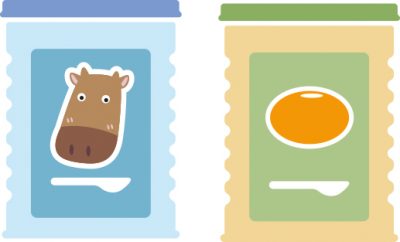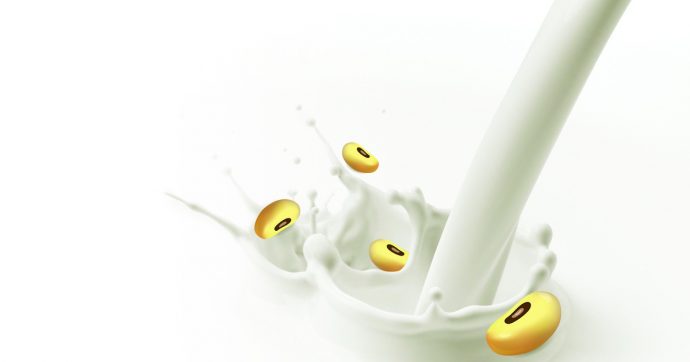Soy-based infant formula has been around for a century. It accounts for around 12-20% of the baby formula market. But do you know when its usage is appropriate?
Soy formula was initially developed as an alternative for infants whose nutritional needs are not met with human milk, and who are intolerant or allergic to cow’s milk formula. It was first made using soy flour, which contains other non-protein ingredients such as soy carbohydrates and fibres. Today, soy protein isolate is used as the main ingredient in soy formula for its higher protein digestibility and total protein content. Soy formula is also fortified with complementary nutrients to support the normal growth of infants.
Using soy formula

Soy formula is generally recommended by paediatricians to infants with these conditions:
- Galactosaemia: A rare genetic disorder where the body is unable to metabolise galactose, a form of simple sugar. Since lactose in breast milk and cow’s milk is broken down into glucose and galactose, soy formula is the alternative for infants with galactosaemia as it does not contain lactose.
- Lactose intolerance: The inability to metabolise lactose due to the lack of the enzyme lactase. These are three forms of lactose intolerance that may manifest in infants: 1) hereditary lactase intolerance, where infants are unable to metabolise lactose at all from birth, 2) transient/ secondary lactose intolerance, due to small intestine injuries (e.g. acute gastroenteritis), and 3) developmental lactose intolerance in preterm infants. Meanwhile, primary lactose intolerance, which is the most common, manifests later in life (late childhood to adulthood).
- Cow’s milk protein allergy (CMPA): Soy formula is only indicated for infants with CMPA who are 6 months or older, and are confirmed free of soy allergy.
- Vegan diet: Parents who prefer to raise their baby as a vegan/vegetarian, where the mother is not breastfeeding, can opt for a soy formula.
But NOT for…
Paediatricians do not recommend soy formula for:
- Preterm infants: Soy formula is NOT suitable for preterm infants as it cannot fulfil their specific nutritional requirements.
- Colic: Parents tend to switch formulas to resolve their baby’s colicky behaviour (intense crying with no clear reason). There is no evidence of soy formula’s benefit in managing colic.
- CMPA-induced enteropathy or enterocolitis: Infants with digestive tract inflammation (enterocolitis) or disease (enteropathy) due to CMPA are also sensitive to soy protein due to their already-damaged gut lining. They should be given an extensively- hydrolysed formula or amino acid formula.
Soy formula concerns?
There are concer ns that isoflavones, a type of phytochemical in soy with similar structure to the hormone oestrogen, may have an effect on infant development. Current animal and human studies on modern soy formulas have not found conclusive evidences of any adverse effects on human growth, development or reproduction.
Soy milk & cow’s milk

For older children, cow’s milk is a more complete and balanced source of protein, fat and carbohydrates, compared to plant-based milk. However, soy milk is the most comparable to cow’s milk in terms of overall nutrient balance, with the highest protein content compared to other alternatives (e.g. almond, rice, coconut, etc.).
A final advice
Breast milk remains the best source of nutrition for infants. Infants should be exclusively breastfed for 6 months and to continue breastfeeding with complementary feeding until 2 years old. However, mothers may need to supplement their breastfeeding with infant formula in some cases.

If the child is experiencing certain medical conditions (e.g. lactose intolerance, CMPA, etc.), soy formula is a good substitute to cow’s milk formula, as it is considered to be safe and nutritionally equivalent to cow’s milk formula. If you suspect that your child is experiencing conditions such as CMPA, consult your doctor as he will help you to determine the next step for your child and yourself as a mother.







Comments